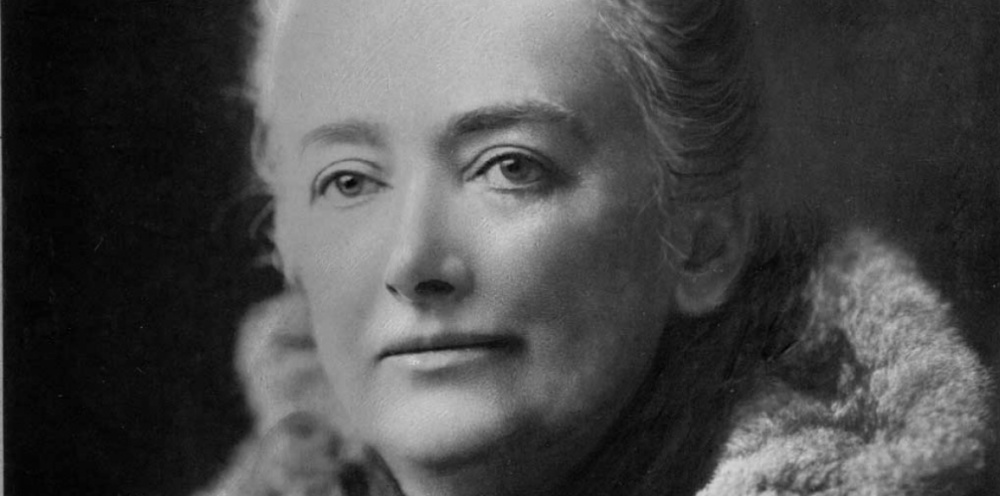3. WANDERERS IN THE DOLOMITES
ANGLO-AMERICAN WRITERS AT THE DAWN OF ADVENTURE TOURISM
location_on Corso Italia, Ciasa dei Pupe
In the beginning it was the Alemagna Road. The literary fortune of the Dolomites began after the Grand Tour, after Goethe’s Italian Journey. The first to “discover” Ampezzo and introduce it to readers, were the English, thanks to the new road completed by the Habsburgs in 1830. Romanticism made the Alps popular among the upper classes, and the idea of the mountain was freed from the superstitions and hardships that had previously discouraged exploration. The British explorers Josiah Gilbert and George Cheetham Churchill, after three years of excursions with their wives, armed with notebooks and paints, were the first to describe the Dolomites in a book: The Dolomite Mountains (1864). In 1868, the mountaineer John Ball followed with A Guide to the Eastern Alps. Three years later Elizabeth Tuckett was the first woman to publish an account of a journey in the Dolomites, after travelling with her brother Francis-Fox and friends: Zigzagging amongst Dolomites. Her work features short notes and hundreds of refined and ironic sketches —a true graphic novel before its time. In 1872, another upper-class lady, Amelia Edwards, embarked on a “midsummer ramble” with a friend, “L.,” and wrote about it in Untrodden Peaks and Unfrequented Valleys. Two women alone, in the remote mountains! In 1877 the Austrian mountaineer Paul Grohmann published Wanderings in the Dolomites. In 1913 Karl Felix Wolff wrote about “The Pale Mountains”, re-elaboriting folk tales from the Dolomites. These texts offer an invaluable portrait of the early days of tourism: the daily life of a village, the hospitality of the people of Cortina, the image of guides like Santo Siorpaes and Angelo Dibona, the Ghedina brothers, both painters, and the Aquila Nera hotel, described as an “excellent headquarters for mountaineering.” The pioneering female voices combined typical British humor with an informal, casual glance focused on the simplest, yet sometimes most revealing, aspects. A few years later, Emily Bury and Anna Power Potts would settle in the new “castle” of Sant’Uberto, in the Tornichè area—two other cultured, enterprising women who would love the Cortina community, and be loved in return.
audio_file Read by: Madelyn Renée Emons Audiolibri
3. Wanderers-In-The-Dolomites - Madelyn Renée

Amelia Edwards in the United States, 1890.
location_on 46°32'20.4"N, 12°08'06.6"E
Corso Italia, Ciasa dei Pupe